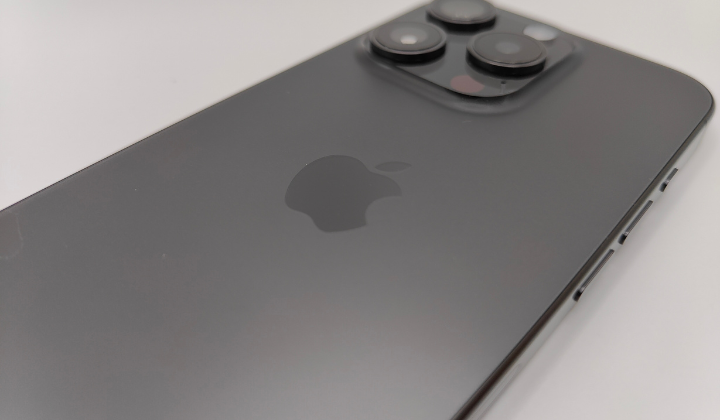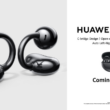Apple is introducing a new iPhone feature named Stolen Device Protection, designed to restrict the actions of thieves who have stolen a phone and its passcode.
The Wall Street Journal, via Engadget, reports that this optional feature is part of the iOS 17.3 beta, currently accessible for developers. It utilises a combination of location tracking, biometric scans, and time delays to enable victims to lock out the thief and secure their data.

The goal of Stolen Device Protection is to eliminate a common tactic employed by iPhone thieves in public spaces. These thieves observe users entering their passcodes before snatching the device.
In such instances, the thief could reset the owner’s Apple ID password, disable Find My, add a recovery key, and perform a factory reset for resale before the owner can take any counteraction.
However, with the feature activated, the phone prompts for a Face ID or Touch ID scan when the user is away from familiar locations like home or work.
Additionally, it introduces a one-hour delay before allowing a change to the Apple ID password on the device. After the hour, another biometric scan is required before modifying the Apple ID password, making it more challenging for the thief and providing the owner with time to report the stolen iPhone and lock out the perpetrator.
Stolen Device Protection operates similarly in conjunction with Apple security settings. Processes such as adding recovery keys or updating the account’s trusted phone number are ways in which iPhone thieves lock out the original owner.
With the new feature active, the phone demands two biometric scans an hour apart when away from trusted locations.
Furthermore, iCloud Keychain passwords, Apple’s integrated password manager, will necessitate a Face ID or Touch ID scan when the Stolen Device Protection is engaged. The passcode will not function as a fallback for failed biometric scans in this scenario.










